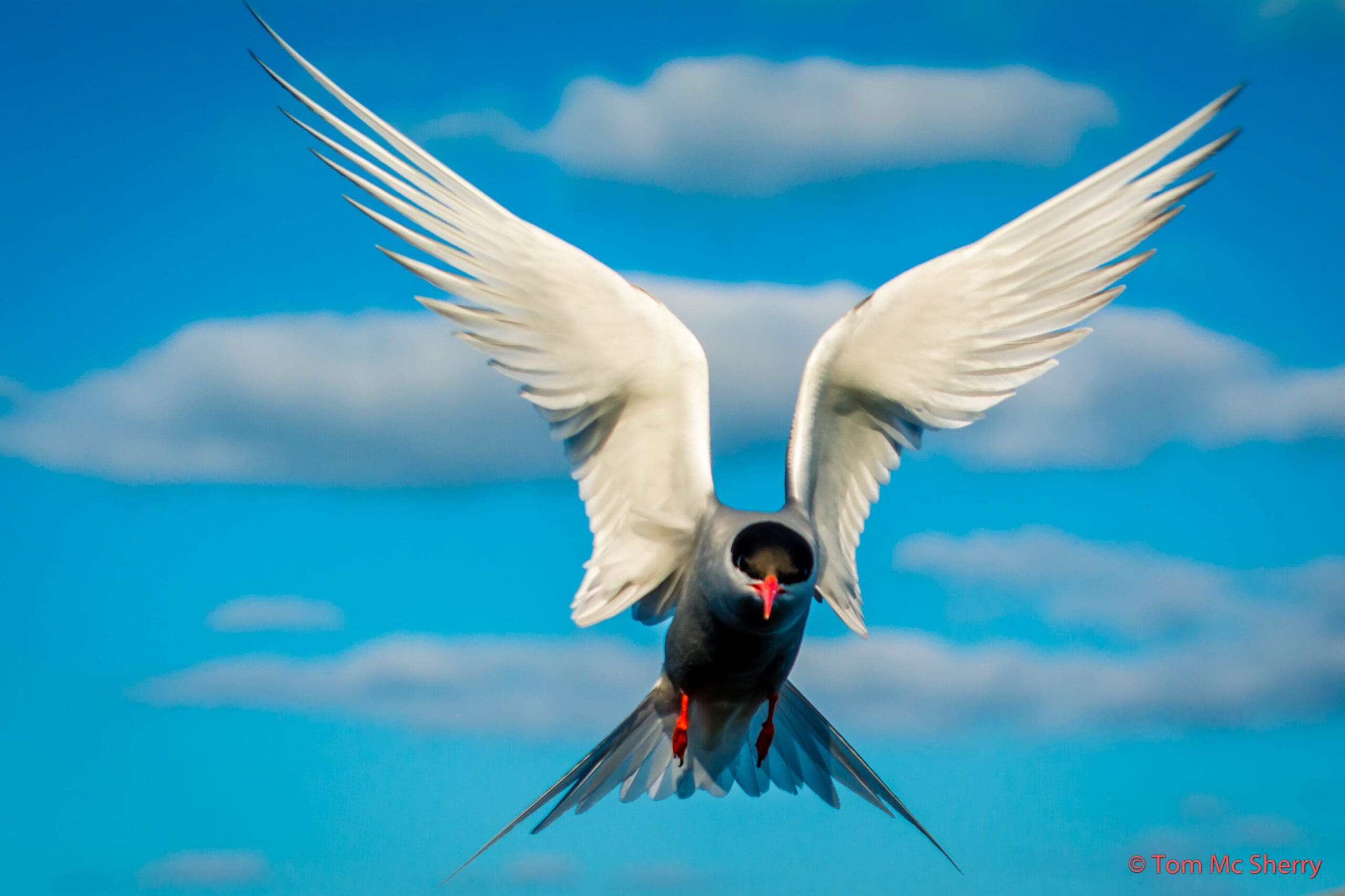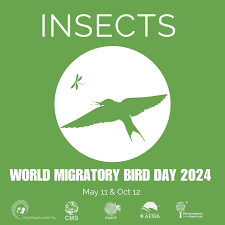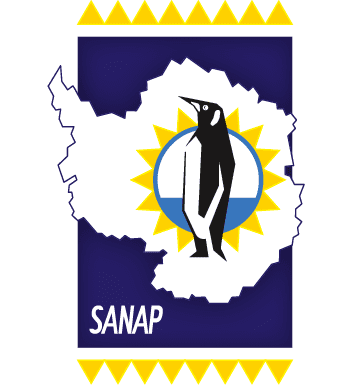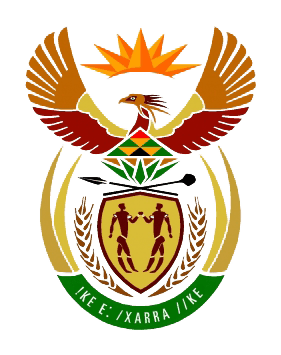 In 2024, World Migratory Bird Day will be celebrated on two days, 11 May and 12 October, aligning with the cyclic nature of
In 2024, World Migratory Bird Day will be celebrated on two days, 11 May and 12 October, aligning with the cyclic nature of  bird migration in different hemispheres. The World Migratory Bird Day campaign in 2024 will stress the need for proactive conservation measures. This includes reducing the use of pesticides and fertilisers, and where possible, switching to organic farming. Other measures include maintaining and connecting areas of natural vegetation which provide food and shelter for birds and other species, in agricultural landscapes.
bird migration in different hemispheres. The World Migratory Bird Day campaign in 2024 will stress the need for proactive conservation measures. This includes reducing the use of pesticides and fertilisers, and where possible, switching to organic farming. Other measures include maintaining and connecting areas of natural vegetation which provide food and shelter for birds and other species, in agricultural landscapes.

 Pictures of Antarctic Tern taken by Johan Bothma,1968 (left) and John Cooper, 1984 (right
Pictures of Antarctic Tern taken by Johan Bothma,1968 (left) and John Cooper, 1984 (right
“Birds are the most mobile organisms on the planet. Their ability to fly vast distances enables them to exploit predictable, short-term peaks in food availability. Almost one fifth of all birds undertake regular movements, usually tied to seasonal cycles. However, such large-scale movements also incur risks from commuting across the landscape. The balance between these costs and benefits determines who stays and who migrates. Recent studies suggest that migration promotes speciation, principally through the formation of sedentary daughter species” – Peter Ryan & Michelle Vrettos
 The Antarctic Tern’s closest relative is the Arctic Tern and it is likely that they evolved from Arctic Terns that settled in the south. Among other seabirds, it is less clear in which direction the radiation occurred. Species such as gannets and fulmars are not trans-equatorial migrants and so it is more likely that a few stragglers that crossed the equator established new populations in the opposite hemisphere. (article: “Stay or go? – Migration as an evolutionary driver”) (Arctic Tern, most famous for its long-distance migrations. Flying annually between the northern and southern hemispheres)
The Antarctic Tern’s closest relative is the Arctic Tern and it is likely that they evolved from Arctic Terns that settled in the south. Among other seabirds, it is less clear in which direction the radiation occurred. Species such as gannets and fulmars are not trans-equatorial migrants and so it is more likely that a few stragglers that crossed the equator established new populations in the opposite hemisphere. (article: “Stay or go? – Migration as an evolutionary driver”) (Arctic Tern, most famous for its long-distance migrations. Flying annually between the northern and southern hemispheres)
Colour Images by Tom McSherry taken on Gough Island in 2017
All images available on Antarctic Legacy of South Africa archive, contributed by Johan Bothma, John Cooper, Tom McSherry







